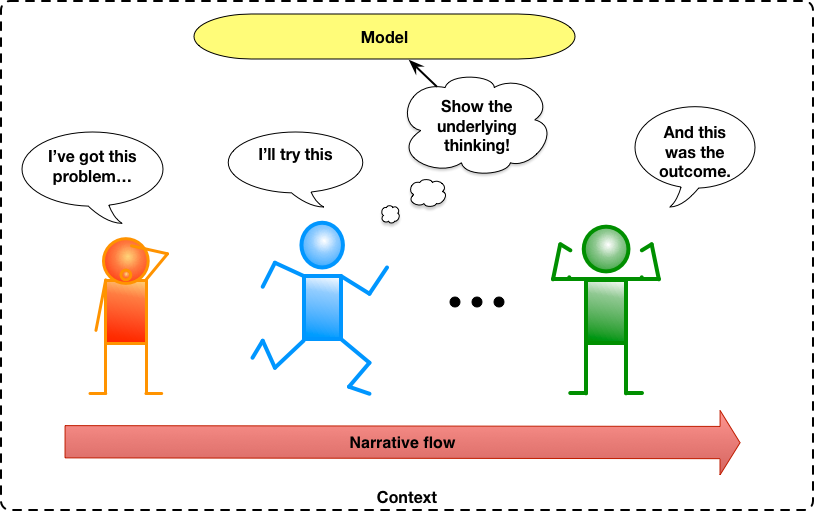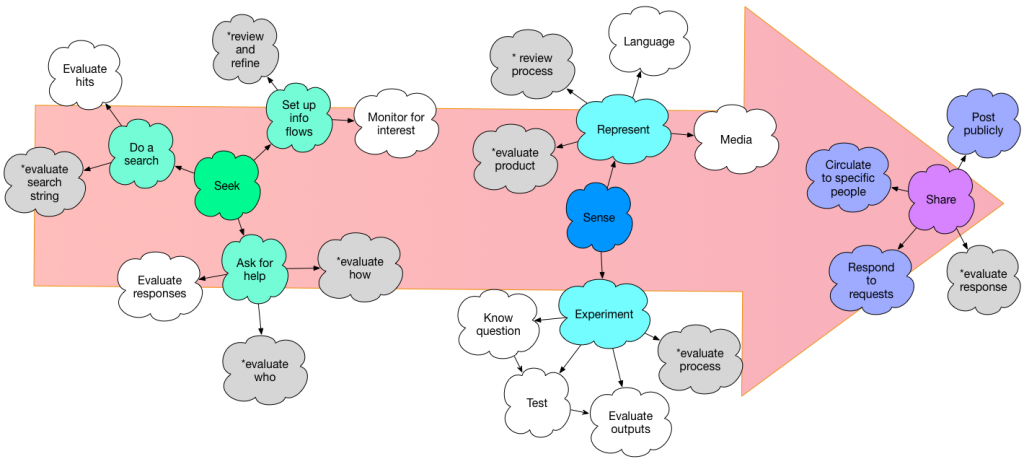I’ve argued before that we should be thinking about exaggeration in our learning design. And I’ve noticed that it’s a dramatic trick in popular media. But you can easily think of ways it can go wrong. So what would be appropriate exaggeration?
When I look at movies and other story-telling media (comics), the exaggeration usually is one level. You know, it’s like real life but some aspect is taken beyond what’s typical. So, more extreme events happen: the whacky neighbor is maniacal, or the money problems are potentially fatal, or the unlikely events on a trip are just more extreme. And this works; real life is mundane, but you go too far and it treads past the line of believability. So there’s a fine line there.
Now, when we’re actually performing, whether with customers or developing a solution, it matters. It’s our job after all, and people are counting on us. There’s plenty of stress, because there are probably not enough time, and too much work, and…
However, in the learning situation, you’re just mimicking the real world. It’s hard to mimic the stress that comes from real life. So, I’m arguing, we should be bringing in the extra pressure through the story. Exaggerate! You’re not just helping a customer, you’re helping the foreign ambassador’s daughter, and international relations are at stake! Or the person you’re sweet on (or the father of said person) is watching! This is the chance to have fun and be creative!
Now, you can’t exaggerate everything. You could add extraneous cognitive load in terms of processing if you make it too complex in the details. And you definitely don’t want to change the inherent decisions in the task and decrease the relevance of the learning. To me, it’s about increasing the meaning of the decisions, without affecting their nature. Which may require a bit of interpretation, but I think it’s manageable.
At core, I don’t think I’m exaggerating when I say exaggeration is one of your tools to enhance engagement and effectiveness. The closer we bring the learning situation to the performance situation, the higher the transfer. And if we increase the meaningfulness of the learning context to match the performance context, even if the details are more dissimilar, I think it’s an effective tradeoff. What do you think?


